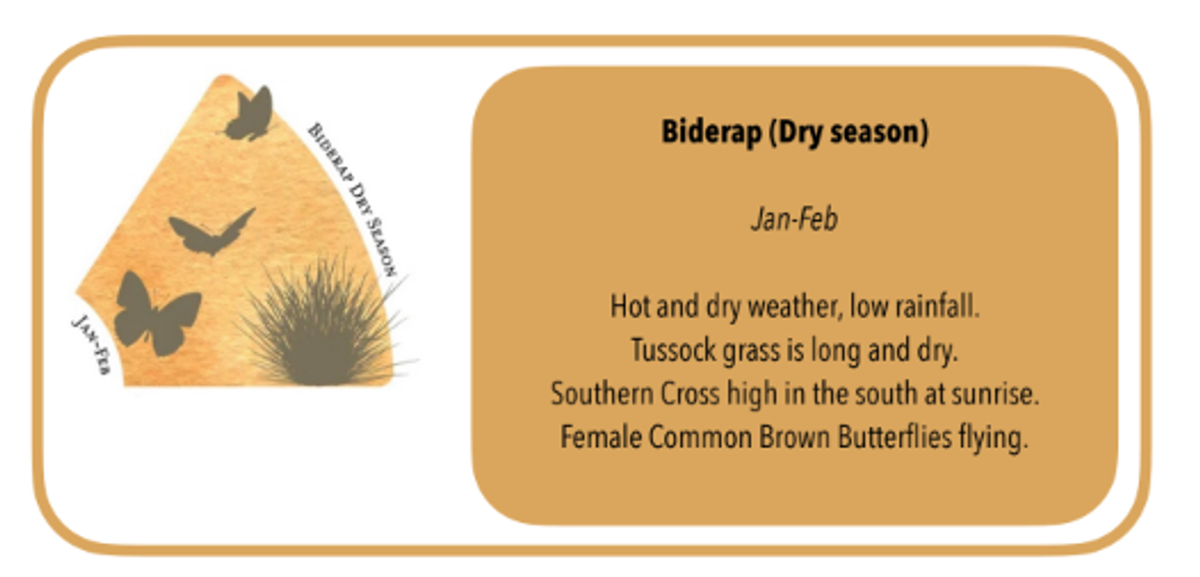Indigenous Education

Wominjeka!
Welcome to 2023! We are looking forward to another year that fosters building First Nations culture into the classrooms. Stay tuned as we are in the process of being supported through a First Nations-led program called 'Fire Carriers' that connects St Joes to other schools and First Nations people. Having access to this program will help support our lessons and learning as well as enable students to feel more exposed to First Nations culture and practice.
Eastern Kulin Nations Calendar
The Wurundjeri people, like other Aboriginal and Torres Strait Island peoples, have their own seasonal markers, based on changes in the landscape. These changes might be the types of animals they hunted, the flowers and plants they harvested or changes in the stars and weather.
Where does the word Koala come from?
Non-Indigenous Australians use these words every day without knowing where they come from or which language they belong to. Over 250 First Languages were spoken in Australia before colonisation, but only around 120 are still spoken. The loss of these languages is a serious threat to First Nations identity and wellbeing.
There are many First Nations words found in the common labels for Australian animals. Koalas are one such famous animal, and a popular symbol of Australia.
The name “koala” is derived from the Dharug word “gula” or “gulamany” meaning “no drink”. Koalas don’t often need to drink water because they get enough moisture from the eucalyptus leaves they eat. However, koalas are increasingly being seen drinking water to try and survive heatwaves, deforestation and bushfires.
The Wurundjeri word for Koala is: Gurrborra!

